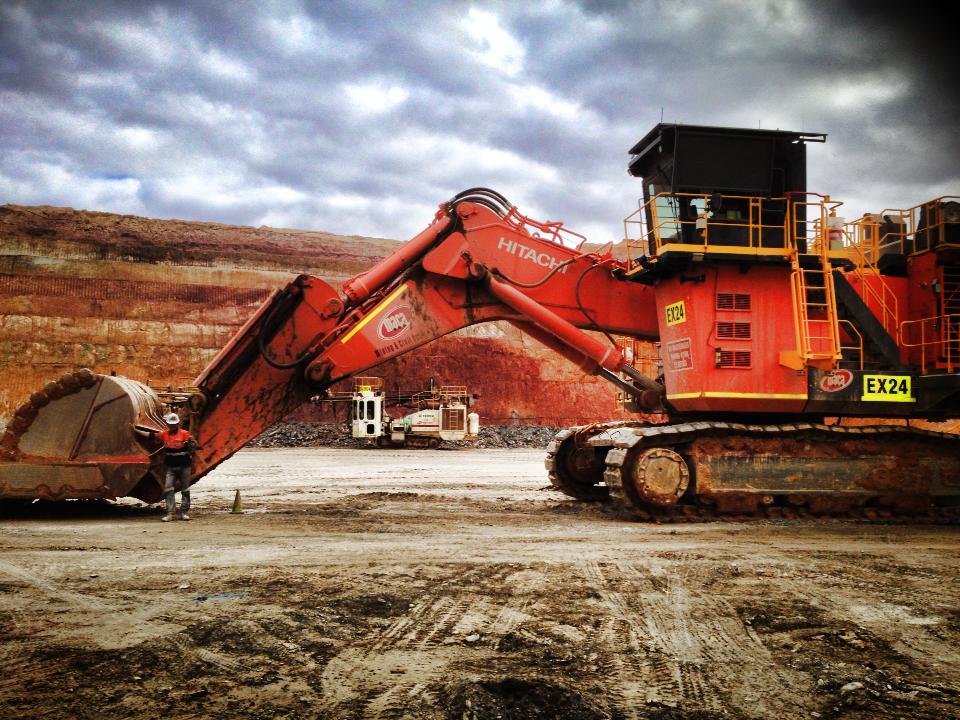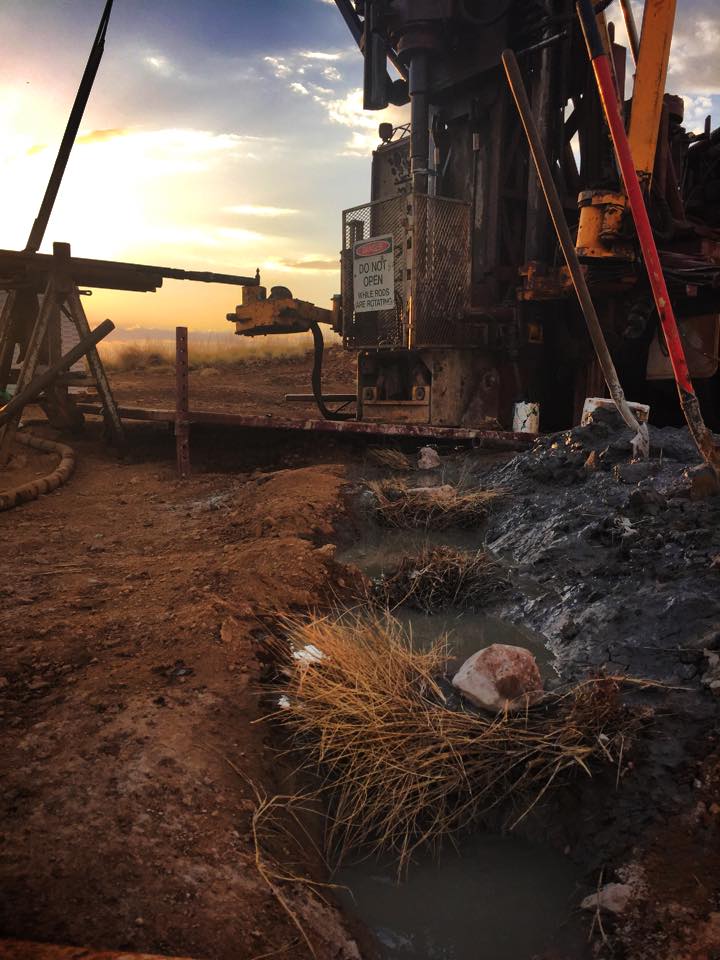FIFO LIFE
Supporting the community
ROSTER
Your roster (also known as ‘swing’) identifies the number of shifts you will be working. Different sites have different rosters. A common FIFO roster in mining is two weeks on, one week off. More remote sites may have longer term rosters such as one month on, one month off.
Examples of FIFO rosters:
- 8daysatwork/6dayshome
- 2weeksatwork/1weekhome
- 6 weeks at work / 2 weeks home
- 12 weeks at work / 4 weeks home
On most sites you will be expected to work 12 hour shifts, with a combination of days and nights. It may take two to three swings to adjust to your roster.

SITES
Each site will have different conditions, allowances, salaries, travel conditions and recreational facilities.
Most FIFO sites are isolated therefore, there may be little or no opportunity to go anywhere outside the camp site.

Village life
- Village accommodation rooms are usually called ‘dongas’.
- Dongas vary from site to site but are usually one furnished room with a small bathroom. Cleaning services are generally provided but you should still keep it clean and tidy.
- Most villages have a gym, pool, tennis and basketball courts, laundry facilities, mobile phone coverage, dining room or dry mess with meals cooked for you.
- If you are working on a construction site building a new village then you might have fewer amenities. Some villages are referred to as ‘fly camps’ or ‘construction camps’ and are generally smaller and become part of the new village once it is completed.
- Many FIFO workers (all cultures) enjoy having a drink after work to help them wind down, however research shows that alcohol does not help to reduce stress in the long term. Worksites also conduct random alcohol and drug testing so you need to stay clean and healthy.
- Companies often organise recreational activities for employees to take part in.
In 2019, the resources sector generated $289 billion of export revenue (59 per cent of total export revenue) and invested $34 billion in new capital expenditure. Mining investment is a significant driver of economic prosperity in Australia as demonstrated by Reserve Bank of Australia calculations which show the mining investment boom from 2003 to 2013 delivered a 13 per cent increase in household real per capita income and a 6 per cent increase in real wages.
Together, mining and the mining equipment, technology and services (METS) sector account for approximately 15 per cent of Australia’s gross domestic product and support (directly and indirectly) 1.1 million jobs – around 10 per cent of Australia’s total workforce.
